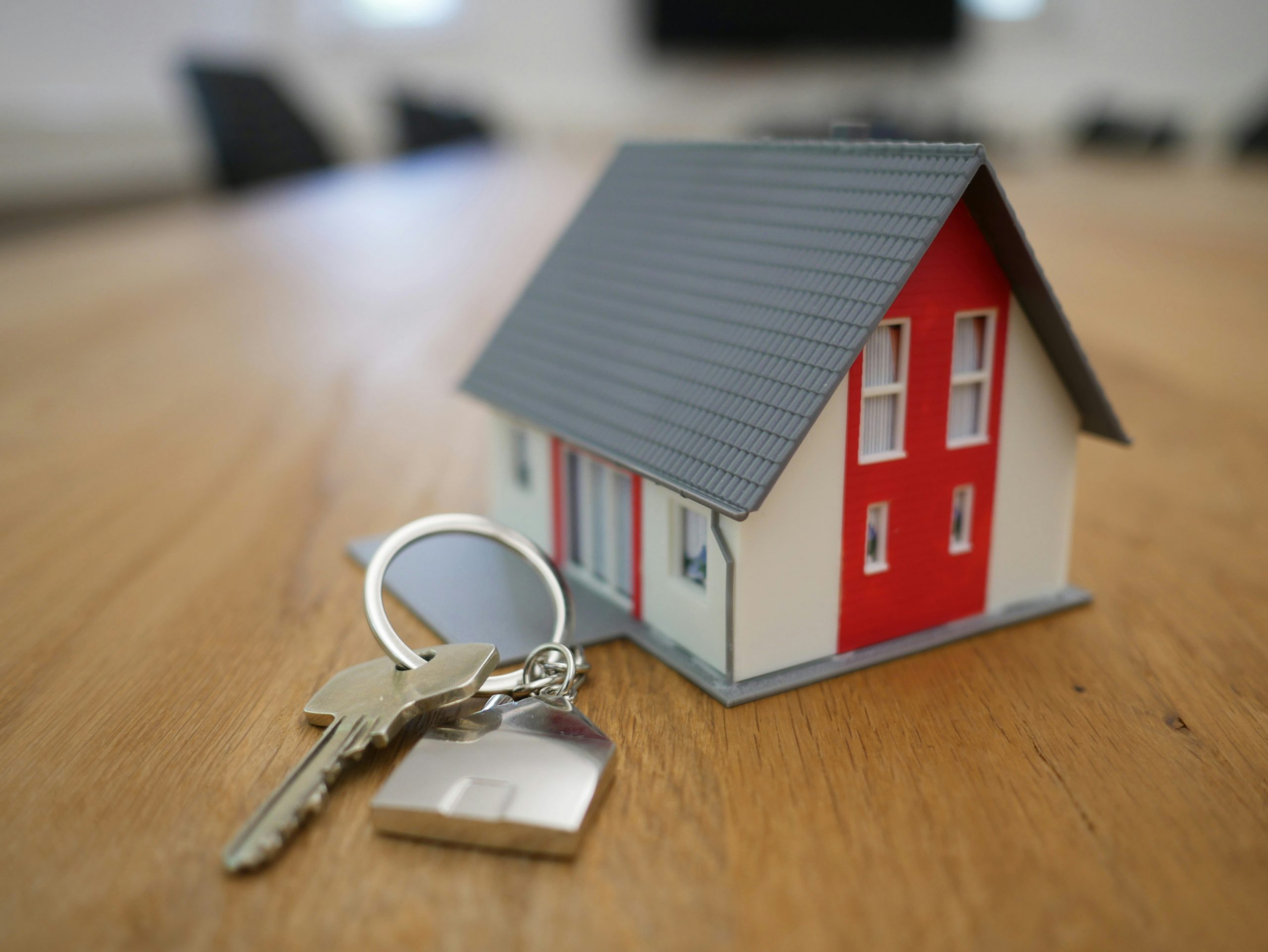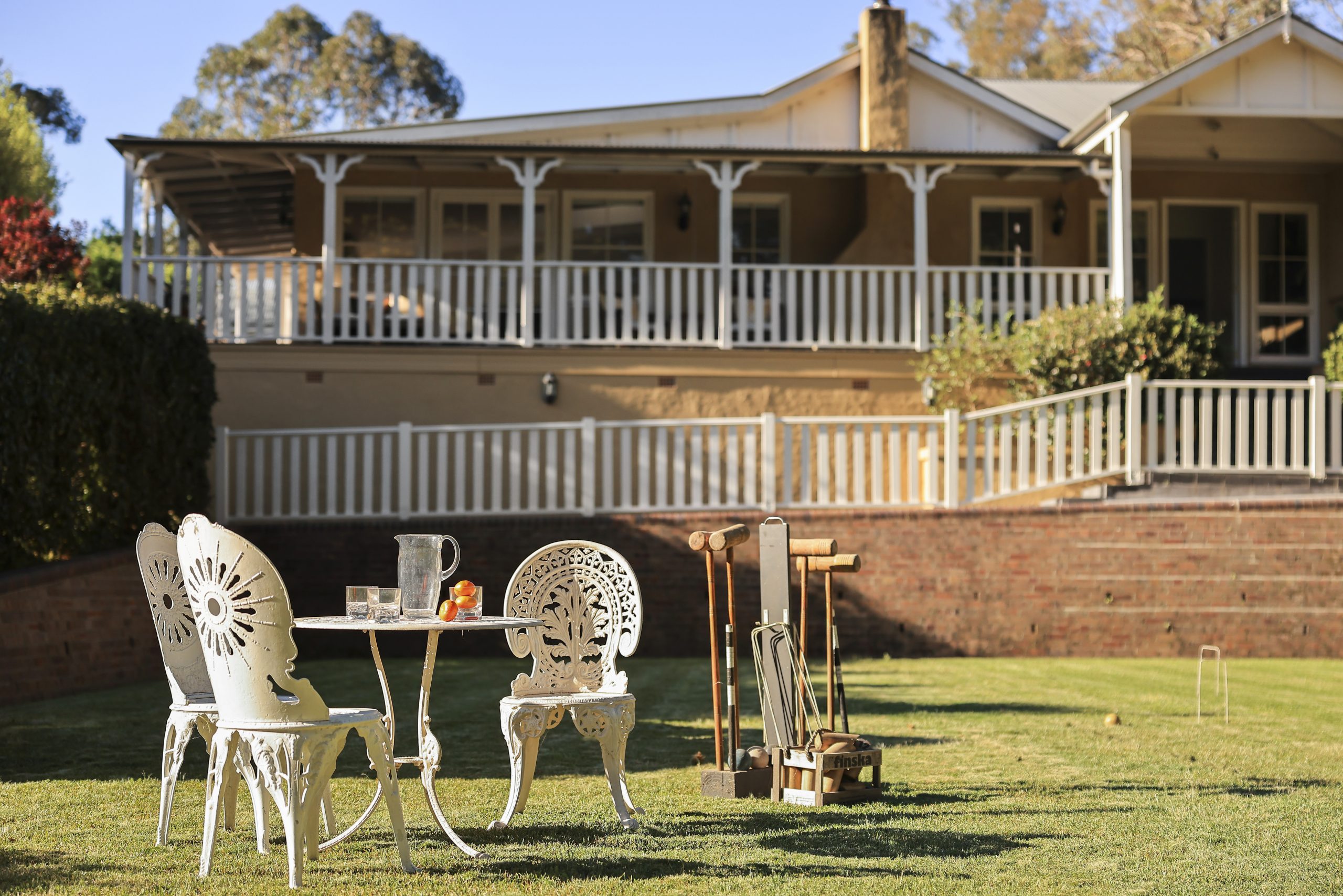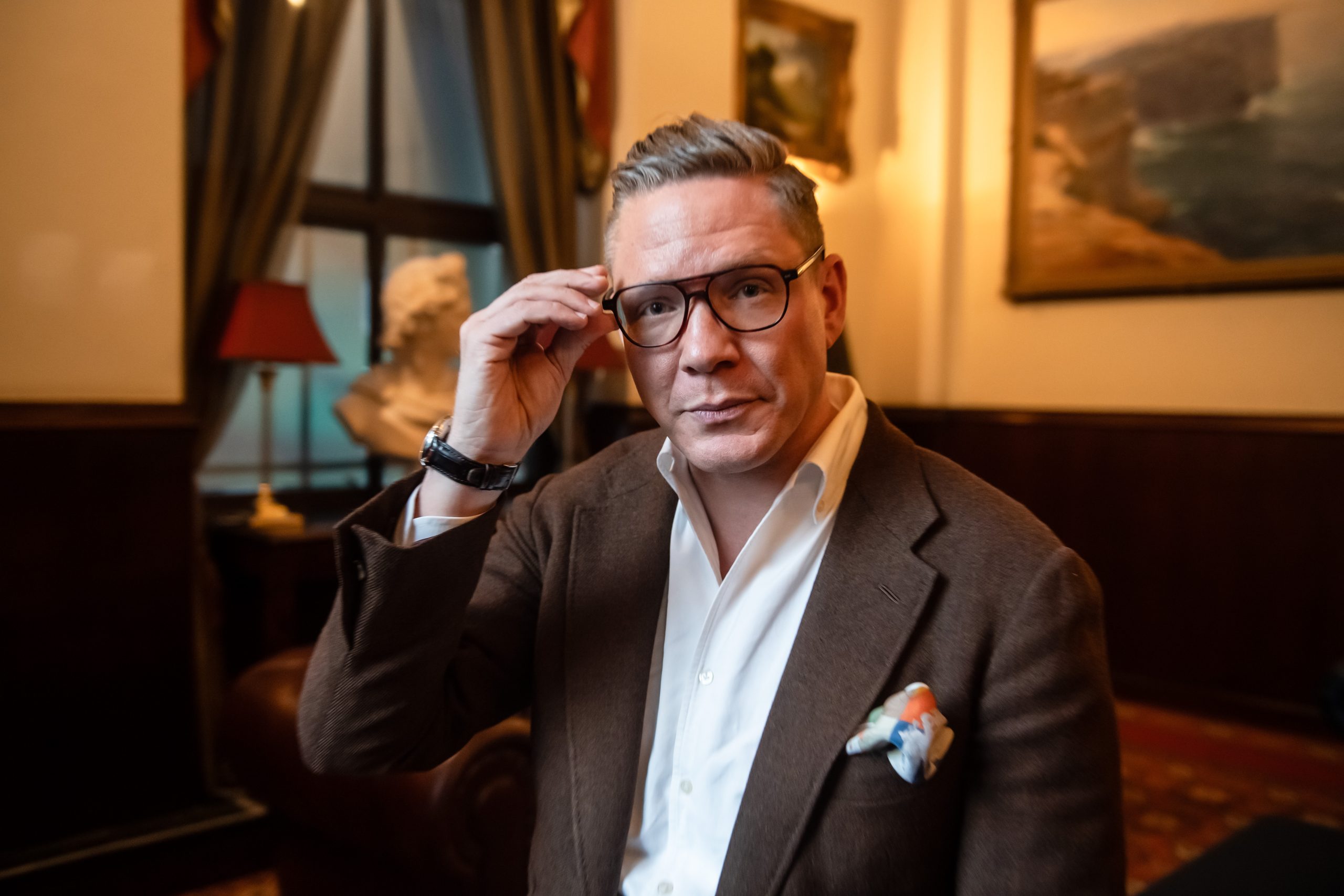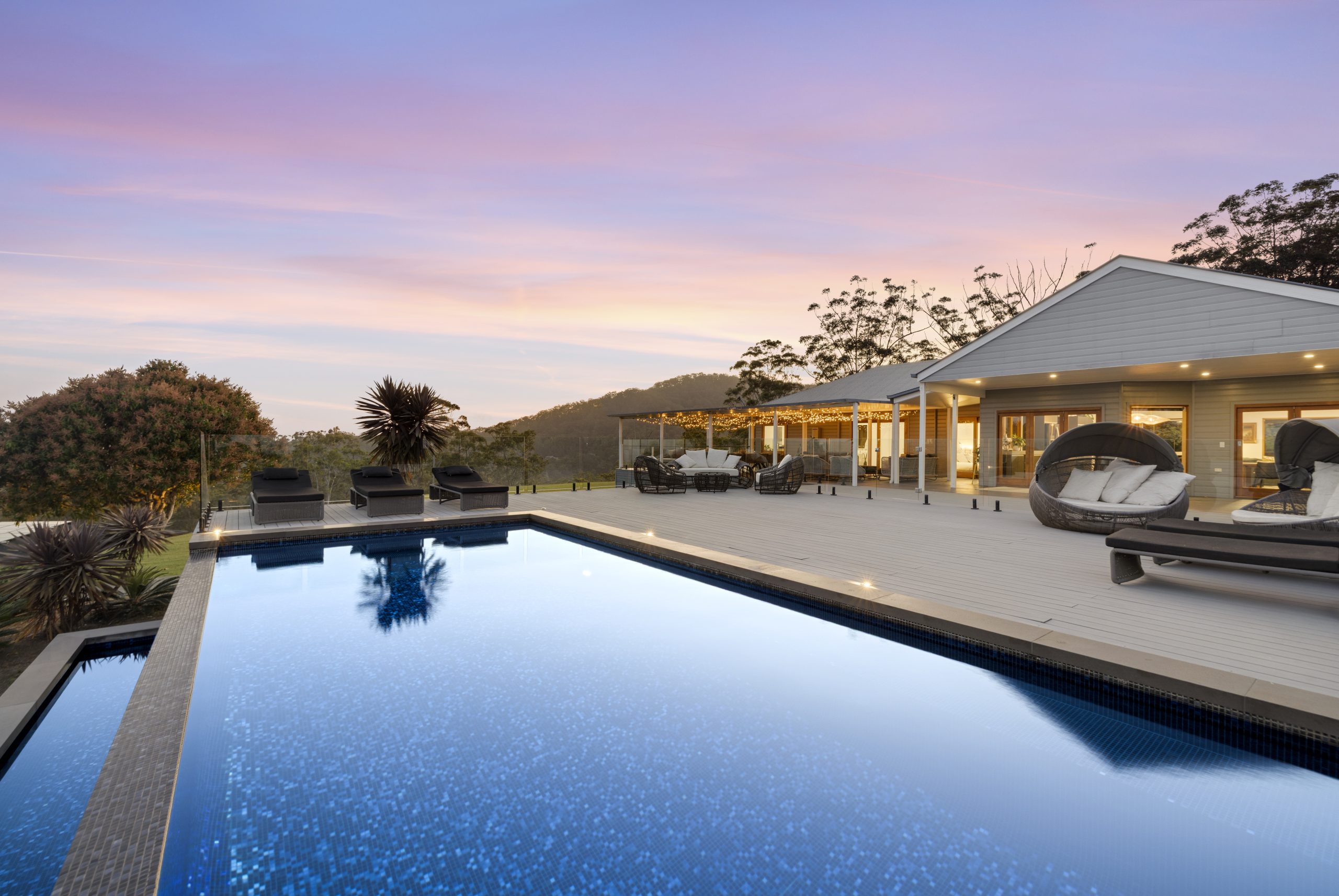PANORAMA HOUSE: MELBOURNE’S $16M BAYSIDE MASTERPIECE ON THE MARKET
Panorama House is where contemporary art meets bayside luxury. This award-winning five-bedroom Middle Park home boasts panoramic Port Phillip Bay views.
Part contemporary art gallery, part bayside mansion, Panorama House is a landmark Melbourne home without parallel.
The award-winning Middle Park house is the dream home of self-tan mogul, Kirstie Kirkham, who founded MineTan Body Skin a decade ago.
Now the beauty empire boss has listed her unrivalled residence for $15.9 million to $16.3 million with Kay & Burton director Andrew Sahhar and Danielle Horne alongside co-agent Hugh Jones of Agency Outcomes.
Kirkham is apparently moving on after reportedly paying more than $30 million for the Toorak home of hospitality industry couple Robert and Elizabeth Zagame.
On the corner of bustling Beaconsfield Pde and tree-lined Harold St, the five-bedroom Middle Park property took home two accolades in the 2025 Australian Interior Design Awards; Residential Decoration and Residential Design Best of State (Victoria).
Panorama House, so named thanks to its expansive 270-degree Port Phillip Bay and city views, has appeared in Vogue Living magazine, Yellowtrace, Est and Living Etc.
Melbourne-based interior designer Sally Knibbs of Sally Caroline studio was commissioned to transform the 2018 home built by Visioneer, which Kirkham bought in 2022 from Computershare co-founder Penelope Maclagan for $11.5 million.
Behind its unique raw brick and steel facade, luxury materials are abundant including Travertine Pewter, Green Onyx, and Calacatta marbles including, Romano, Verde, Corchia, Tanotti Green, and Menta.
Surrounded by a sea of traditional yet classically renovated Federation bungalows, the 21st century building is a statement piece in a coveted waterfront location. The home’s own website declares it is a “design that does’t shout. It simply belongs.”
From the ground up, the three-level floor plan makes use of every square centimetre on the 423sq m corner block.
The spacious basement car park offers the homeowner a four-car garage, made possible thanks to a sleek turntable. Underground amenities also include a cellar with wine fridge and a meat dry ager, plus a home gym.
One level up and the ground floor is home to a vast open plan entertaining zone combining a lounge area and wet bar that spills out to an internal landscaped courtyard with retractable roof.
Two bedrooms and two bathrooms, plus a large family-friendly laundry, also sit on the same entry level.
A private lift connects all three layouts with the first floor featuring more everyday entertaining spaces.
A large lounge room is warmed by an Oblica fireplace and frames beach views, while the sophisticated chef’s kitchen has Gaggenau and Sub-Zero appliances, a statement island bench, and a walk-in pantry. The formal dining room has its own dramatic sweeping CBD backdrop.
In the palatial main bedroom suite there is a walk-in wardrobe, a double shower ensuite, as well as access to the private barbecue terrace. A neighbouring glass-walled office has an inspiring panorama of the bay.
Added extras at Panorama House include a Tesla home battery, solar energy integration, and provisions for a pool.
While the bay is on the doorstep, the Beaconsfield Pde home is also close to St Kilda, Armstrong St and Victoria Ave eateries, Albert Park, and loads of city-bound transport.
Co-agents Kay & Burton Bayside and Agency Outcomes are marketing Panorama House via in expressions of interest campaign, closing on September 15, at 5pm
Pure Amazon has begun journeys deep into Peru’s Pacaya-Samiria National Reserve, combining contemporary design, Indigenous craftsmanship and intimate wildlife encounters in one of the richest ecosystems on Earth.
Australia’s housing market defies forecasts as prices surge past pandemic-era benchmarks.
First-home incentives can still form part of a long-term investment plan if used strategically.
Australia’s home prices continue to grow, and while that makes them great investments, they are also some of the most unaffordable in the world.
That’s why first-home buyer schemes such as the First Home Owner Grant, the First Home Guarantee, and stamp duty concessions have become so valuable.
These programs are designed to reduce upfront costs and fast-track people into homeownership.
But the question many aspiring investors are now asking is can these schemes be used as part of an investment strategy? These government initiatives aren’t designed for investors, but they can still play a key role in your long-term investment journey if used strategically.
What the schemes actually allow
Every first-home buyer incentive in Australia is created to support owner-occupiers, not investors.
Whether it’s a cash grant, reduced deposit requirement, or a stamp duty discount, the catch is always the same in that you must live in the property for a set period of time. For example, the First Home Owner Grant often requires you to live in the property for at least six to twelve months, depending on the state.
The First Home Guarantee allows you to purchase with just a 5 per cent deposit without paying lenders’ mortgage insurance, but again, you’re required to live in the property for at least one year.
Likewise, state-based stamp duty concessions are only available for properties intended as a principal place of residence. If your intention from the outset is to buy a property solely for rental income, you won’t be eligible. However, if you’re open to living in the property initially, then transitioning it into an investment, there’s a path forward.
A strategy that works
Rentvesting has emerged as one of the most practical ways for first-time buyers to take advantage of these schemes while also laying the groundwork for a property portfolio.
The concept is simply, buying a property in an area you can afford (using the first-home buyer schemes to assist), live in it for the minimum required period, and then rent it out after fulfilling the occupancy condition.
This approach lets you legally access the benefits of first-home buyer schemes while building equity and entering the market sooner. Instead of waiting years to save a full 20 per cent deposit for an investment property, or getting priced out altogether, you get your foot in the door with reduced upfront costs.
Once you’ve satisfied the live-in requirement, the property can become an income-generating asset and even serve as collateral for your next purchase.
What to look for in a rentvestment property
If you plan to eventually convert the property into an investment, you need to think beyond your short-term living experience. It’s essential to buy a property that performs well both as a home and as a long-term asset.
That means looking at key fundamentals like location, rental demand, and growth potential. Suburbs with strong infrastructure, access to employment hubs, good transport links, and low vacancy rates should be high on your list.
A balanced price-to-rent ratio will help ensure manageable holding costs once the property transitions to an investment.
Established low-density areas often outperform high-rise apartment developments that flood the market with supply and limit capital growth. And ideally, your property should offer scope for future improvements, whether that’s a cosmetic renovation, granny flat addition, or potential to subdivide down the track.
Mistakes to avoid
There are a few common missteps that can undermine this strategy. The first is selling too soon. Some grants and stamp duty concessions include clawback provisions if you offload the property within a short period, which could see you lose the benefits or even owe money back.
It’s also a mistake to let the lure of a government handout sway your purchasing decision. A $10,000 grant doesn’t justify compromising on location, growth prospects, or property fundamentals.
Another pitfall is failing to consider the financial impact once the property becomes an investment. Repayments, tax treatment, and outgoings may change, so it’s important to stress-test your position from day one.
Lastly, beware of buying into oversupplied areas simply because they’re marketed to first-home buyers. Not all new builds are good investments. If hundreds of identical properties are being built nearby, your long-term growth could be seriously limited.
With the right approach, your first home can be the foundation for an entire property portfolio. It starts with using available government support to lower your entry cost.
From there, you occupy the property for the required time, convert it to an investment, and leverage the equity and rental income to fund your next purchase.
Many of the most successful investors today began with a single, strategically chosen property purchased using these exact schemes. By buying well, you can turn your first home into the launchpad for long-term wealth.
Abdullah Nouh is the Founder of Mecca Property Group (MPG), a buyers’ advisory firm specialising in investment opportunities in residential and commercial real estate. In recent years, his team has acquired over $300 million worth of assets for 250+ clients across Australia.
Australia’s housing market defies forecasts as prices surge past pandemic-era benchmarks.
A divide has opened in the tech job market between those with artificial-intelligence skills and everyone else.



























